The Best Bike Multi-Tools of 2025
- Best Overall Bike Multi-Tool: Silca Italian Army Knife – Venti
- Best Budget Bike Multi-Tool: Pro Bike Tool 20-in-1
- Best Bike Multi-Tool for Mountain Biking: ToPeak Mini PT30
- Best Bike Multi-Tool for On-Bike Storage: Blackburn Switch Wrap Tool Kit
- Best Bike Multi-Tool for Durability: Crankbrothers M19
- Best Bike Multi-Tool with Tubeless Plugs: Cannondale 18-in-1 with Dynaplug
- Best Bike Multi-Tool for Bikepacking: Wolf Tooth 8-Bit Kit Two
- Measured Weight: 177g
- Number of Functions: 20
- Hex Keys: 2, 2.5, 3, 4, 5, 6, and 8mm
- Torx: T8, T10, T20 and T25
- Screwdrivers: Phillips #2 and flat head
- Other Tools: Chain tool, master-link storage, 7mm box wrench, 8mm flare nut wrench, 10mm open wrench, disc pad spreader, Presta valve core remover; 13 gauge and 15 gauge spoke wrenches
Pros
- Steel tools coated with high-grip chrome
- Hidden master-link storage in handle
- 4 Torx bit sizes
- 3 nut wrenches
- Disc pad spreader
- Italian good looks
Cons
- Lacks master-link tool
- Moderately expensive
- Measured Weight: 118g
- Number of Functions: 20
- Hex Keys: 2, 2.5, 3, 4, 5, 6, and 8mm
- Torx: T25 and T30
- Screwdrivers: Phillips and flathead
- Other Tools: Chain tool, Mavic M7 and M9 spoke wrenches, 8, 9 and 10 open wrenches, valve core tool, bottle opener.
Pros
- Affordable
- Compact
- Lightweight
- Sizes marked on bits
- Covers the basics
Cons
- Short tools limits reach for some tasks
- Hard to grasp chain tool
- Measured Weight: 173g (w/ case)
- Hex Keys: 2, 2.5, 3, 4, 5, 6, 8, and 10mm
- Torx: T10, T15, and T25
- Screwdrivers: Phillips #2 and flathead
- Other Tools: Chain tool, chain hook, master link tool and storage; 14 and 15 gauge, Mavic M7, and Shimano 4.5mm spoke wrenches; Presta valve core tool, disc pad spreader, knife blade, tubeless tire reamer, and plug insertion tool
Pros
- Huge range of features
- Compact
- Neoprene case
- Tubeless plug tools
- Master link tool and holder
Cons
- Bits are on the short side
- L-shaped 2mm hex is awkward to use
- Moderately expensive
- Measured Weight: 176g
- Number of Functions: 16 (including carrying other things)
- Hex Keys: 2.5, 3, 4, 5, 6 and 8
- Torx: T25 and T30
- Screwdrivers: Flathead
- Other Tools: Chain tool, 0, 1, and 2 spoke wrenches, valve core tool, disc pad spreader
Pros
- Frame or saddle mount option
- Can carry tube, CO2s, and other essentials
- Eliminates need for saddlebag
- Ergonomic handle
- Lots of leverage if needed
Cons
- Separate bits
- Limited tools
- More time-consuming to deploy tools
- Measured Weight: 175g (215g total with metal storage case)
- Number of Functions: 19
- Hex Keys: 2, 2.5, 3, 4, 5, 6, and 8mm
- Torx: T10 and T25
- Screwdrivers: Phillips #1 and #2, flathead
- Other Tools: Chain tool, 8mm and 10mm open wrenches, and 0, 1, 2, 3 spoke wrenches.
Pros
- Durable construction – lasts forever
- Fair price
- Good leverage
Cons
- Heavier weight, especially when used with metal case
- No tubeless tools (check out the M20)
- Measured Weight: 125g
- Number of Functions: 18
- Hex Keys: 2, 2.5, 3, 4, 5, 6, and 8mm
- Torx: T25
- Screwdrivers: Phillips #2 and flathead
- Other Tools: Chain tool, Dynaplug w/ 2 plugs, disc pad spreader, master-link storage, 3 spoke wrench sizes, presta valve core remover, bottle opener
Pros
- Lightweight
- Contains most of the tools you need and tubeless plugs in one
- Dynaplugs work great
- Compact size
Cons
- Expensive
- Short bits
- Measured Weight: 172g
- Number of Functions: 26
- Hex Keys: 2, 2.5, 3, 4, 5, 6, and 8mm
- Torx: T10 and T25
- Screwdrivers: Phillips #2 and flat head
- Other Tools: Chain tool, master link/valve stem pliers, rasp for clearing tire sealant, spoke/valve core wrench, tire plug tools; 16mm hex on chain tool; storage for tire plugs/master link/valve core, tire lever, disc rotor truing tool, 8mm flare wrench
Pros
- Very comprehensive tool selection
- Master link/valve stem pliers and storage
- Disc rotor truing tool
- Tubeless tools and 5 plugs
- Valve core rasp
Cons
- Pricey
- Separate bits are black and can be hard to see if dropped
- Not as quick and easy to use as other options
Best of the Rest
- Measured Weight: 175g
- Number of Functions: 17
- Hex Keys: 2, 2.5, 3, 4, 5, 6, and 8mm
- Torx: T10 and T25
- Screwdrivers: Phillips #1 and flathead
- Other Tools: Chain tool, Schrader and Presta valve tools, spoke wrenches for 3.3, 3.45, and DT nipples.
Pros
- Schrader and Presta valve tools
- 3 spoke wrench sizes
- Black oxide tips for durability, rust prevention
- Red side bar for visibility
- Bits are slightly longer than most
Cons
- Limited Torx sizes
- Moderately expensive
- Measured Weight: 195g
- Number of Functions: 19
- Hex Keys: 2, 2.5, 3, 4, and 5mm removable L-bend ball-end wrenches and 6 and 8mm hex wrenches
- Torx: T25 and T30
- Screwdrivers: Flathead
- Other Tools: Chain tool, 0, 1, and 2 spoke wrenches, Presta valve core tool, disc pad spreader, serrated knife blade, breaker bar function
Pros
- Removable ball-end hex wrenches
- Chain tool with assembly hook
- Disc brake pad spreader
- Sharp knife
Cons
- No Phillips head screwdriver
- Limited Torx sizes
- A little heavier than some
- Measured Weight: 195g
- Number of Functions: 20
- Hex Keys: 2, 2.5, 3, 4, 5, 6, and 8mm
- Torx: T10, T15, and T25
- Screwdrivers: Phillips
- Other Tools: Chain tool, 2 tire levers, reversing ratchet, magnetized bit holder/extender, nylon case with patch pocket
Pros
- Reversing ratchet
- Access into tight spaces
- Tire levers
- Patch/cash pocket
- Replaceable bits
Cons
- No flathead screwdriver
- Separate bits
- Bigger size
- Measured Weight: 119g
- Number of Functions: 17
- Hex Keys: 2, 3, 4, 5, and 6mm
- Torx: T10 and T25
- Screwdrivers: Phillips
- Other Tools: Chain tool, 1, 2, and 3 spoke wrenches, 8 and 10 open wrenches, valve core tool, tubeless needle and plug carrier with plugs.
Pros
- Lightweight
- Small size
- Covers the basics
- Includes plugs and plugger
Cons
- No flathead screwdriver or 8mm hex
- Compact size limits leverage
- Measured Weight: 162g
- Number of Functions: 15
- Hex Keys: 2, 2.5, 3, 4, 5, 6 and 8mm
- Torx: T25
- Screwdrivers: Phillips and flathead
- Other Tools: Chain tool, 0, 1, 2, 3 spoke wrenches, case doubles as handle, integrated bottle opener
Pros
- Compact design
- Smooth carrying case
- Case provides extra leverage
- Covers the basics
- Bottle opener!
Cons
- Limited tools
- Black color can be easily lost
Comparison Chart
| Multi-Tool Model | MSRP | Measured Weight | # of Functions | Hex Keys | Torx | Screwdrivers | Chain Tool | Tubeless Repair Tools |
|---|---|---|---|---|---|---|---|---|
| Silca Italian Army Knife – Venti | $55 | 177g | 20 | 2, 2.5, 3, 4, 5, 6, 8 | T8, T10, T20, T25 | Phillips #2, flathead | Yes | No |
| Pro Bike Tool 20-in-1 | $27 | 118g | 20 | 2, 2.5, 3, 4, 5, 6, 8 | T25, T30 | Phillips, flathead | Yes | No |
| ToPeak Mini PT30 | $59 | 171g | 30 | 2, 2.5, 3, 4, 5, 6, 8, 10 | T10, T15, T25 | Phillips #2, flathead | Yes | Yes |
| Blackburn Switch Wrap | $50 | 176g | 16 | 2.5, 3, 4, 5, 6, 8 | T25, T30 | flat head | Yes | No |
| Crankbrothers M19 | $37 | 175g (215g w/ case) | 19 | 2, 2.5, 3, 4, 5, 6, 8 | T10, T25 | Phillips #1 and #2, flathead | Yes | No (M20 comes with) |
| Cannondale 18-in-1 w/ Dynaplug | $80 | 125g | 18 | 2, 2.5, 3, 4, 5, 6, 8 | T25 | Phillips #2, flathead | Yes | Yes |
| Wolf Tooth 8-Bit Kit Two | $140 | 172g | 26 | 2, 2.5, 3, 4, 5, 6, 8 | T10, T25 | Phillips #2, flathead | Yes | Yes |
| Unior Multitool Euro17 | $50 | 175g | 17 | 2, 2.5, 3, 4, 5, 6, 8 | T10, T25 | Phillips #1, flathead | Yes | No |
| Blackburn Wayside | $40 | 195g | 19 | 2, 2.5, 3, 4, 5, 6, 8 | T25, T30 | flat head | Yes | No |
| ToPeak Ratchet Rocket Lite DX+ | $53 | 195g | 20 | 2, 2.5, 3, 4, 5, 6, 8 | T10, T15, T25 | Phillips | Yes | No |
| Lezyne SV Pro-17 | $50 | 119g | 17 | 2, 3, 4, 5, 6 | T10, T25 | Phillips | Yes | Yes |
| Bontrager Pro Multi-Tool | $52 | 162g | 15 | 2, 2.5, 3, 4, 5, 6, 8 | T25 | Phillips, flat head | Yes | No |
How We Tested Bike Multi-Tools
Our Expert Testers
Our Testing Process
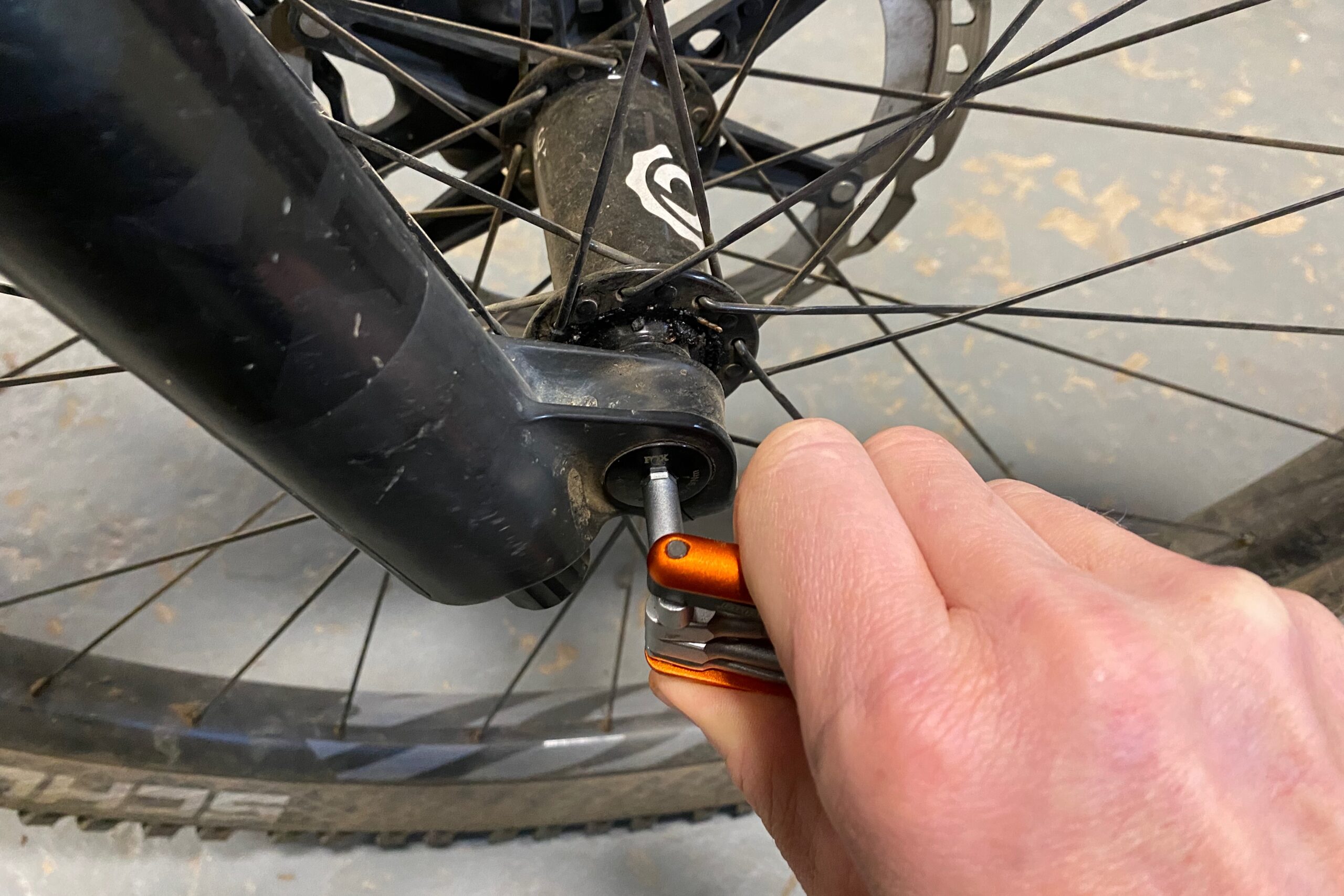
Buying Advice: How to Choose a Bike Multi-Tool
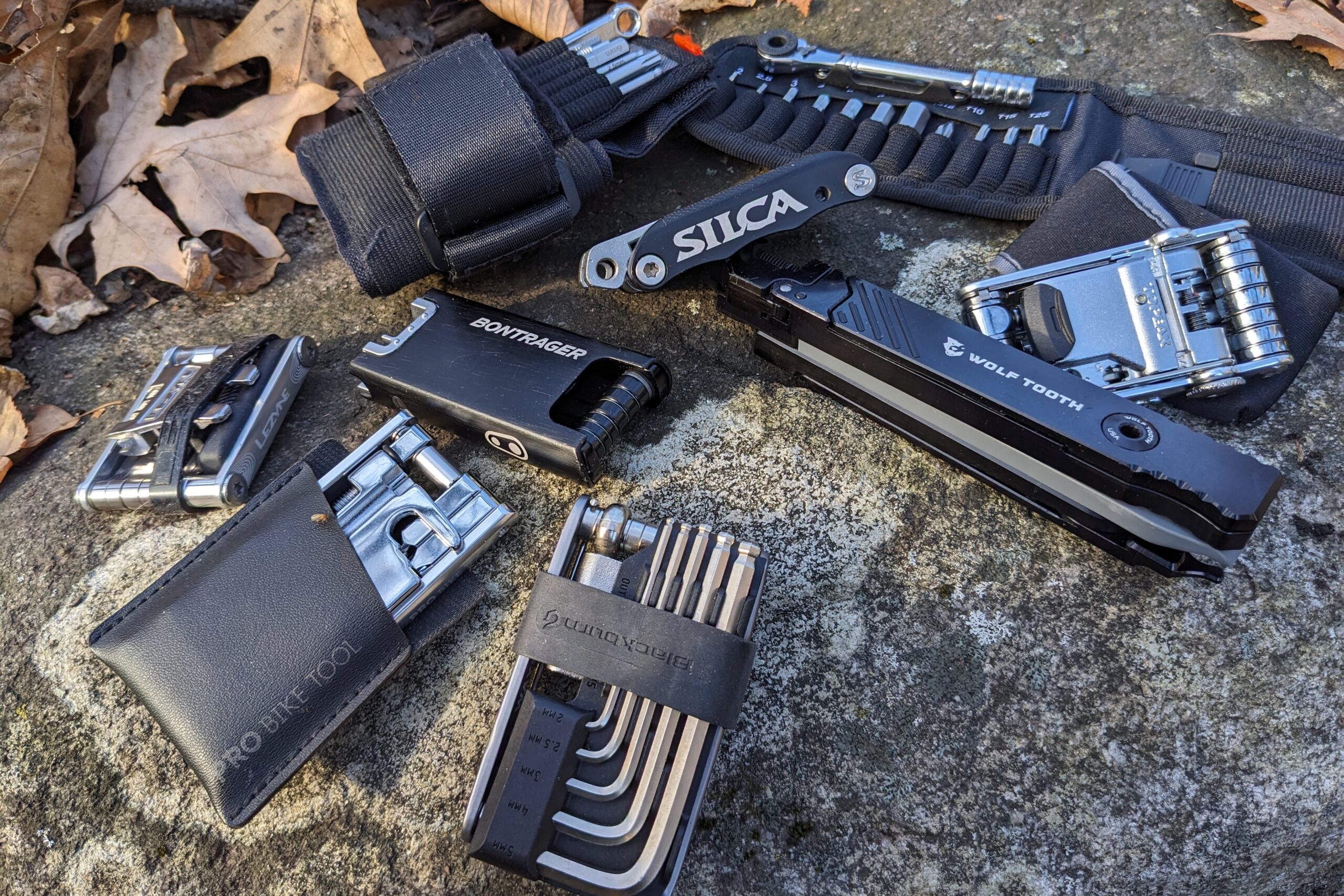
What Tools Do You Need?
- Hex (aka Allen) wrenches in 2, 2.5, 3, 4, 5, 6, and 8mm
- A Phillips and/or flathead screwdriver
- Torx wrenches that fit your bike (the most common are T10 and T25)
- A chain tool (assuming you know how to use it)
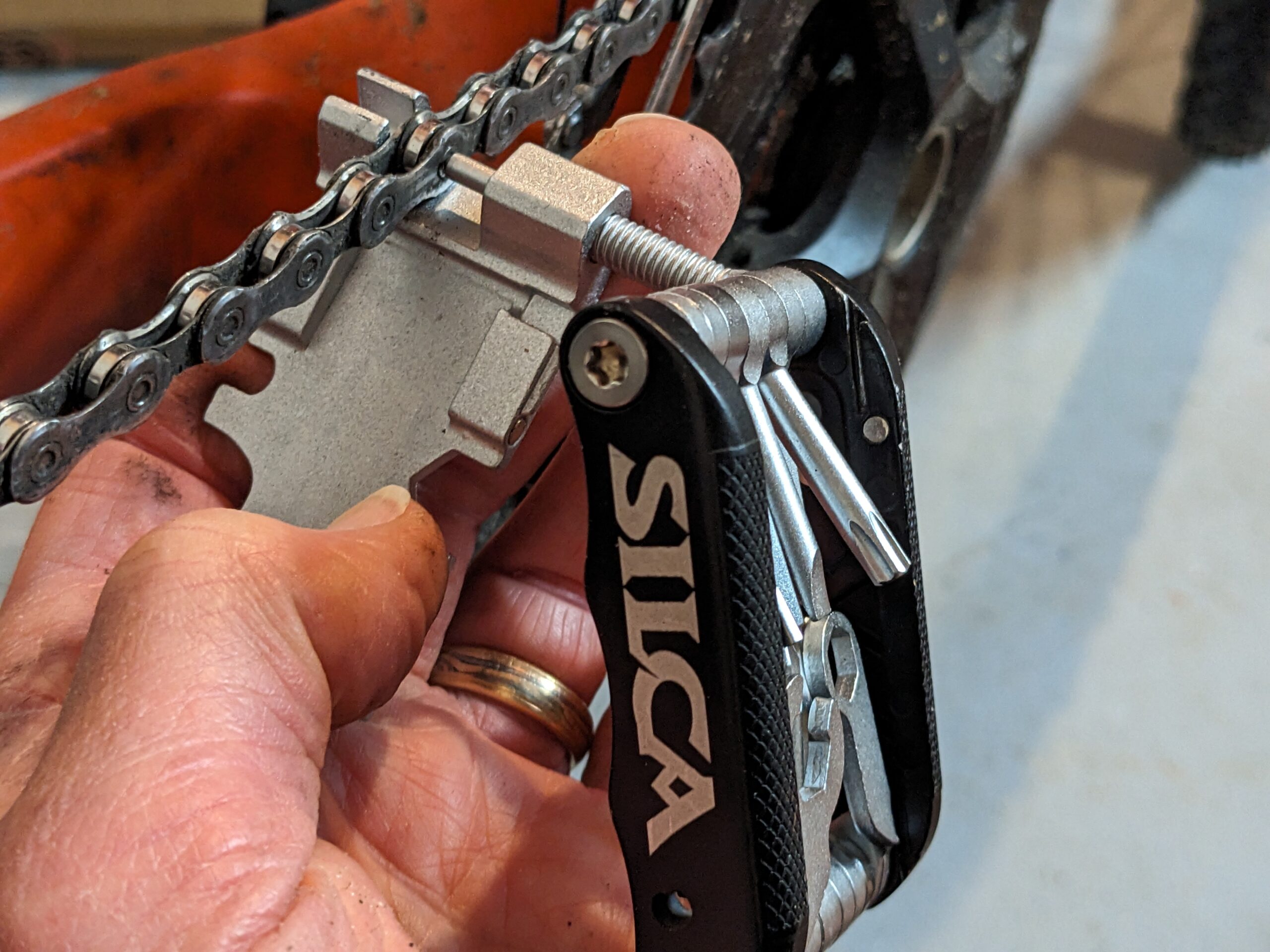

Tubeless Tire Repair
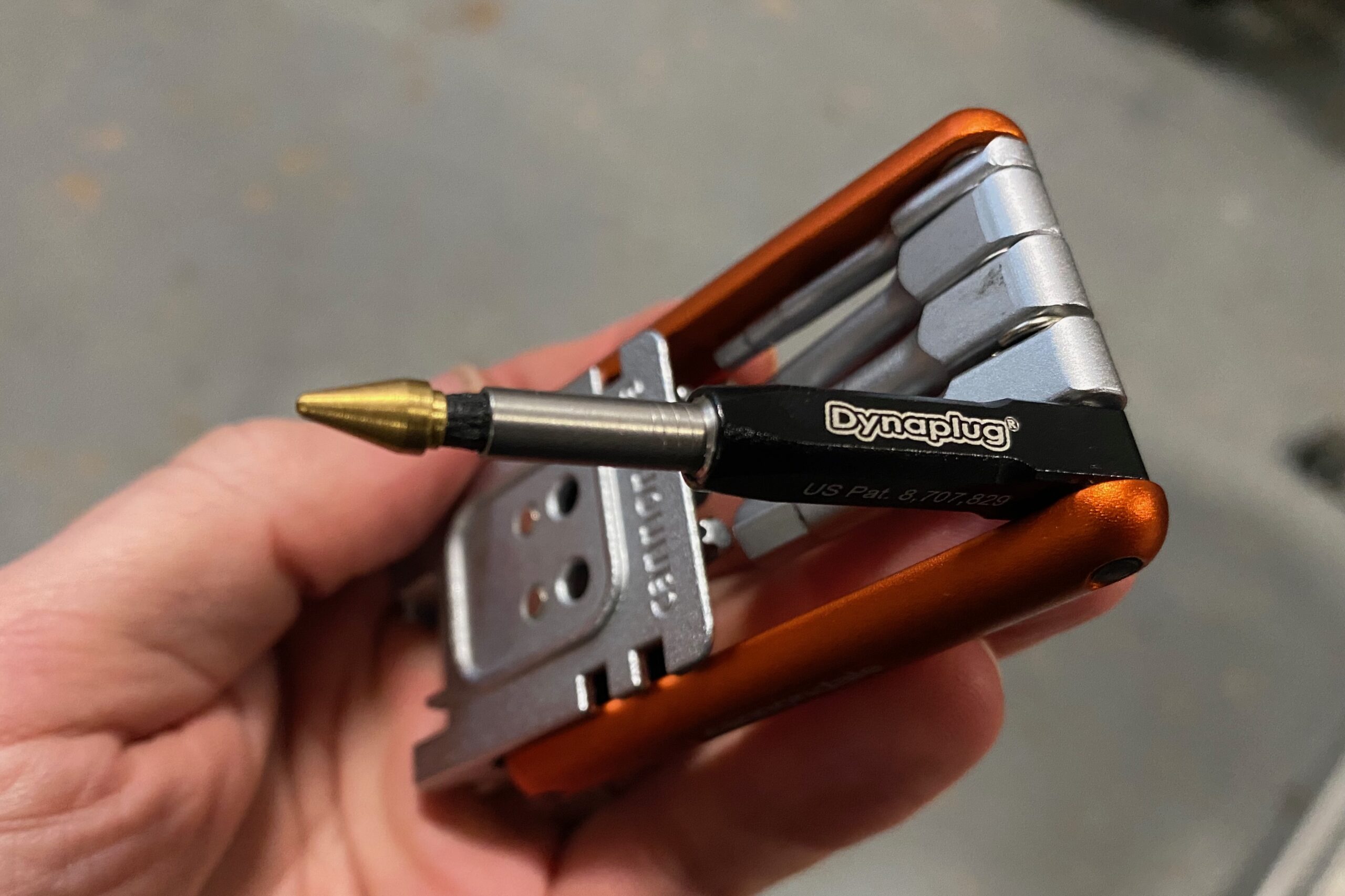
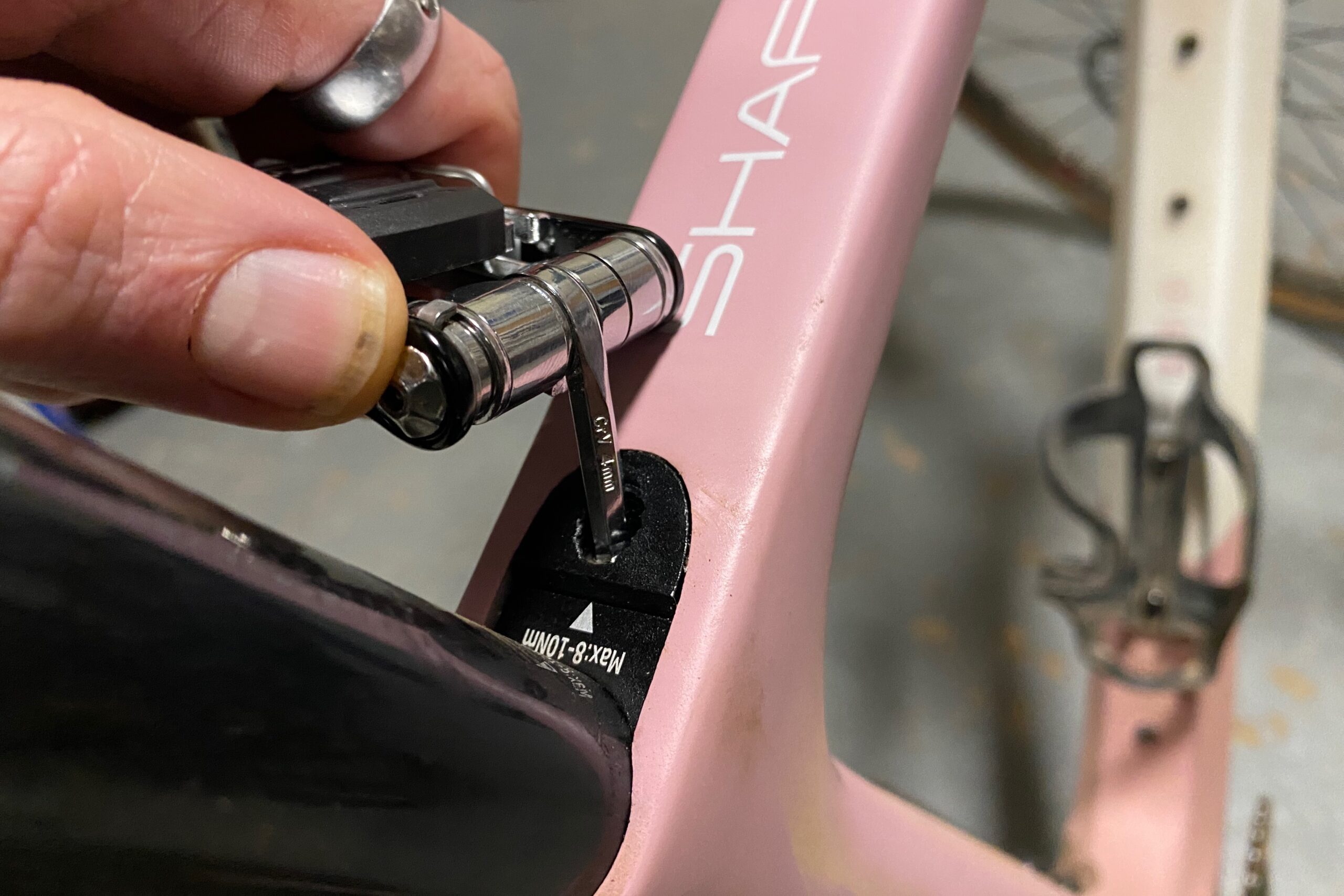
Ergonomics
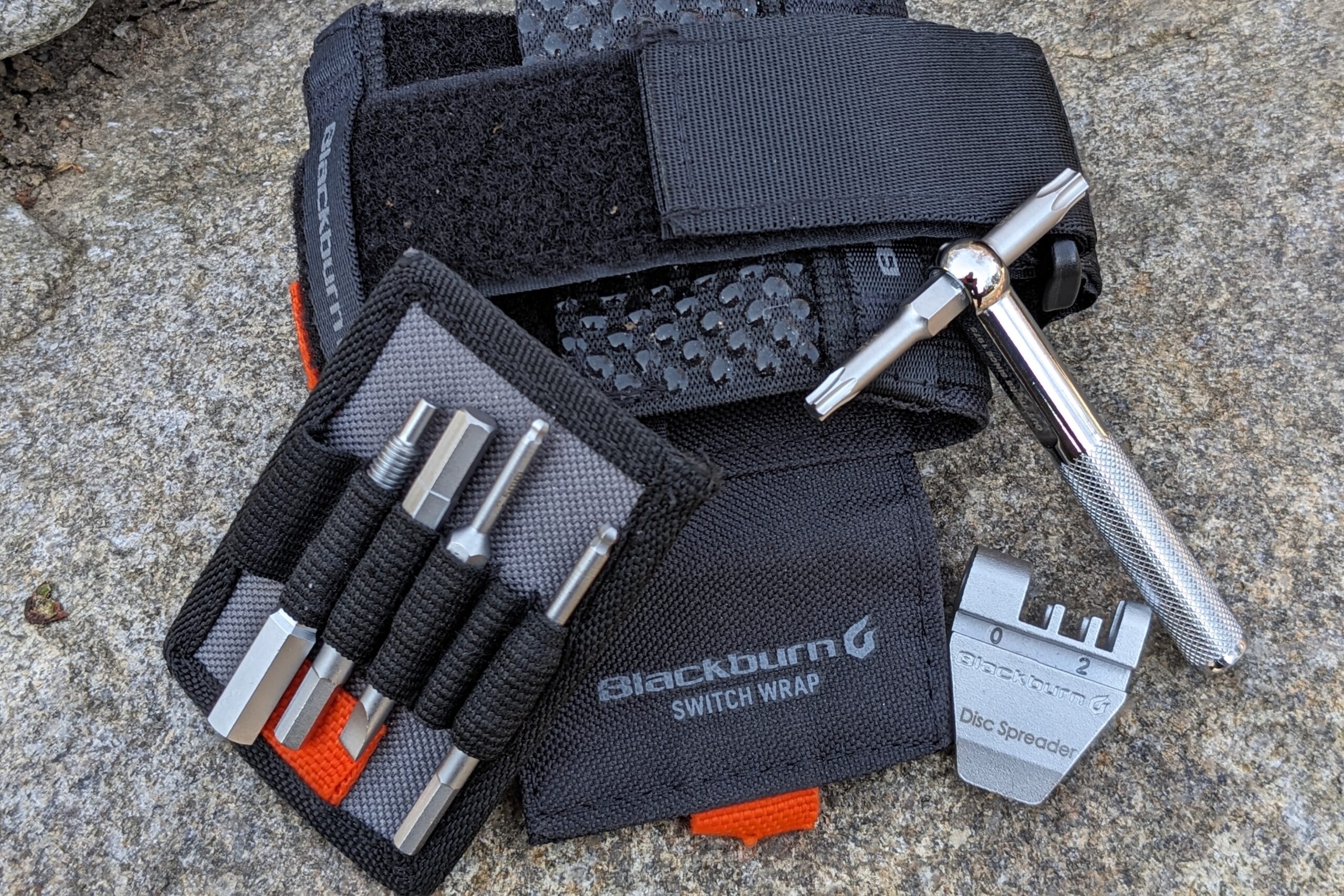
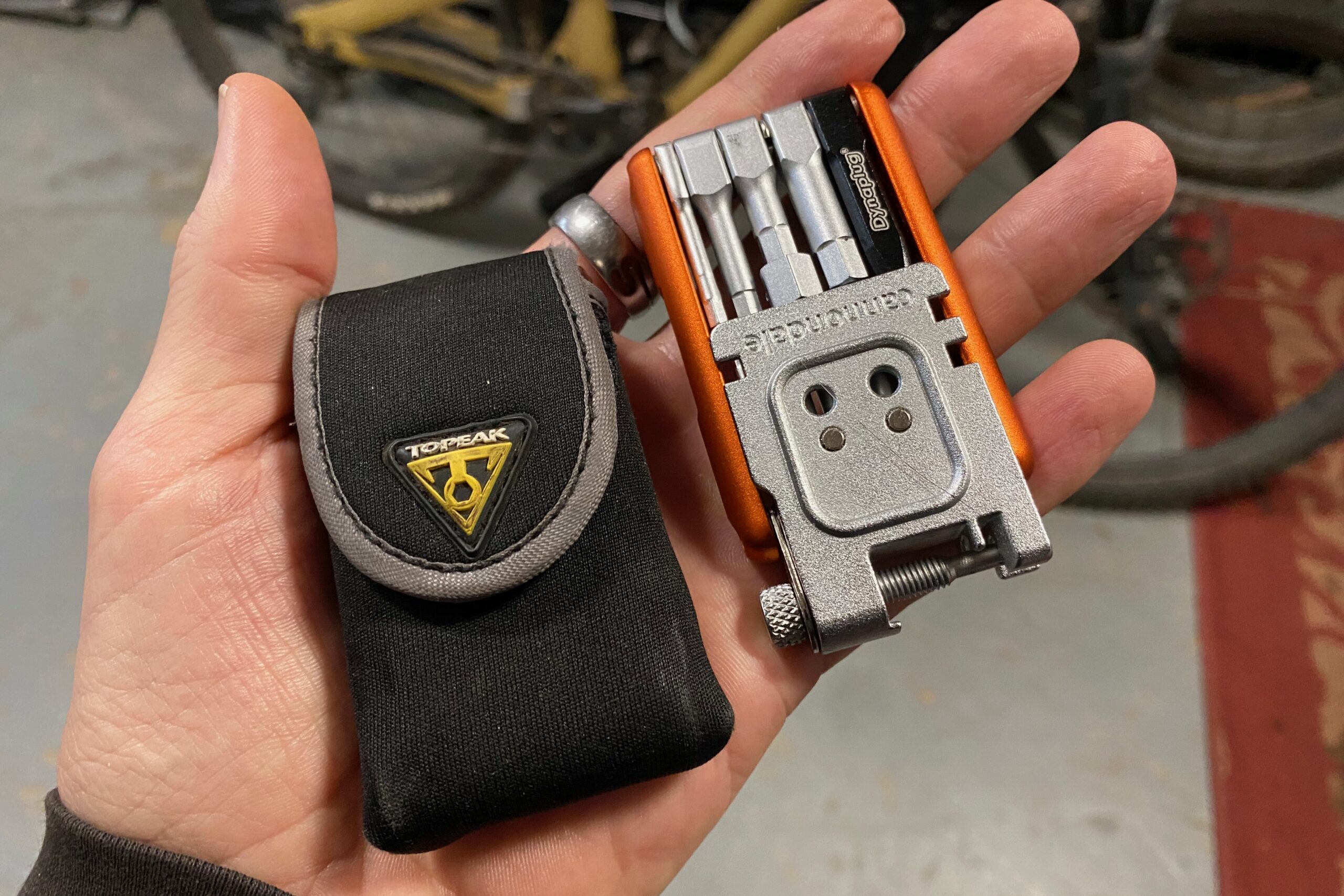
Portability: How Are You Going to Carry It?
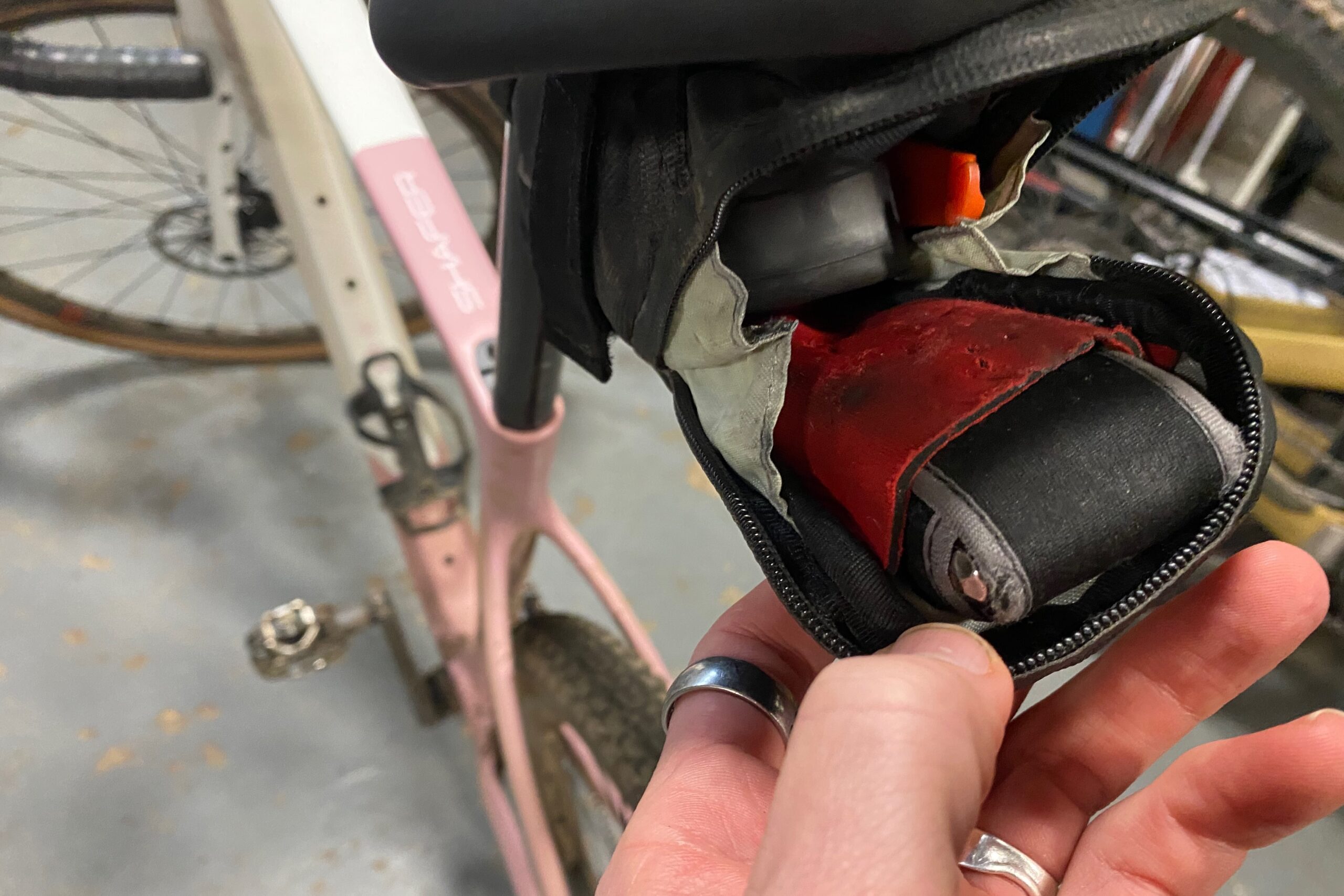
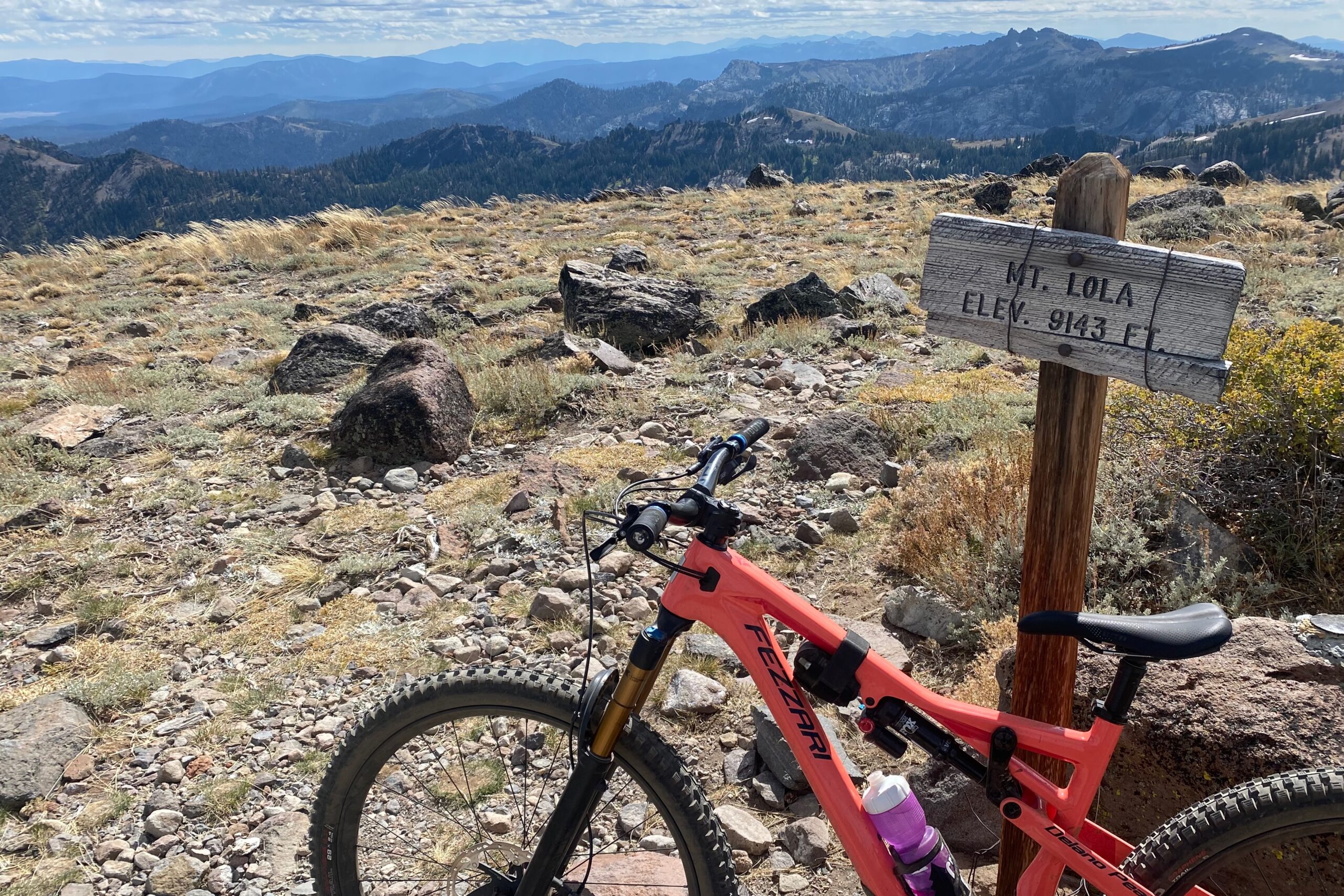
Other Things to Carry
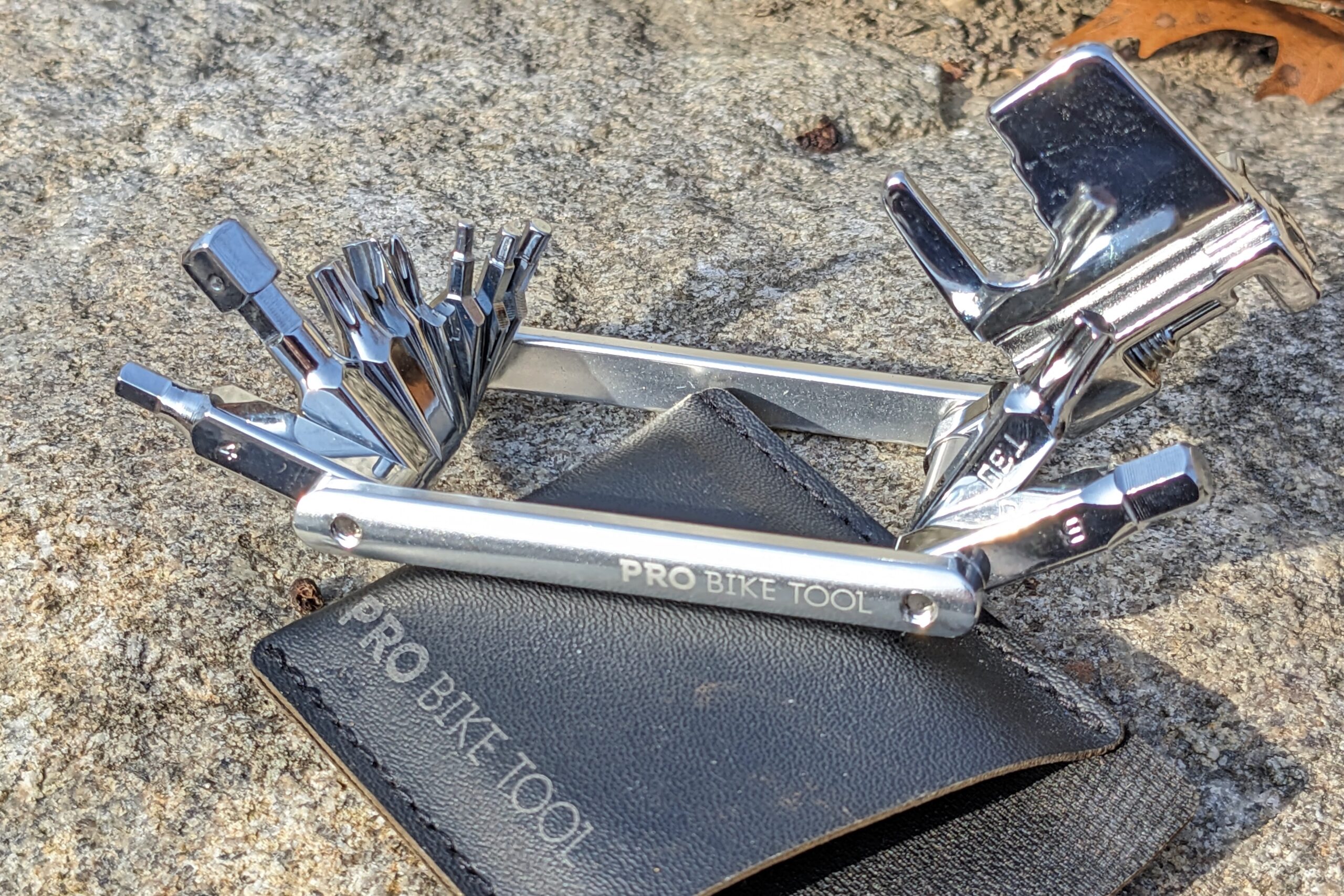
Price & Value
Budget
Mid-Tier
Premium
Frequently Asked Questions
Do you own a bike? Then yes, absolutely! We feel that a bike multi-tool is a must-have for any ride. Whether you need to make a comfort adjustment, tighten a loose bolt, adjust a derailleur, fix a broken chain, or any other variety of things, a good multi-tool should be able to get you back rolling instead of doing the walk of shame. If you don’t have a set of tools at home, a good multi-tool could also be super helpful for doing simple maintenance and repairs on your bike around the house. Either way, the answer is yes, we don’t ride without one and you shouldn’t either.
Determining which tools are most important to have with you can help you narrow down the choices to find the right multi-tool. Assessing which hex, Torx, and screwdriver sizes your bike requires is a good first step, along with weighing the usefulness of other features like chain tools, tubeless repair, quick link storage, etc. It’s also important to consider how you intend to carry the tool as that may steer you in the direction of smaller and lighter options. The duration of your rides and/or the distance you’re traveling from civilization may also be a factor that sways you towards something more basic for shorter rides or something comprehensive to keep you rolling when you haven’t seen a person or had cell service for several hours.
In an ideal world, you’d have a multi-tool for mid-ride adjustments that lives in your saddle bag or riding kit year-round — one that you won’t take out to work on your bike in your home shop and then, inevitably, forget to put back in your saddlebag before your next ride. (We’ve all done it). You’d also have a selection of high-quality shop tools for every need in your bike workshop. But who lives in an ideal world?
Over many years of riding, however, we’ve found that it really does pay to have a separate multi-tool for each bike you own, kept in its own saddle bag or kit. This will save you time trying to find a multi-tool before a ride, and it will also allow you to match each multi-tool to the specific bike. On our road bikes, for instance, we keep a lightweight, compact tool with just the basics. For longer gravel and bikepacking rides, we pack a tool with a wider range of functions, along with tubeless tools and plugs, tire levers, and valve core tools and plugs.
It’s also nice to keep a sturdy, multi-tool in your home shop. They’re great for when you want to make quick adjustments and don’t want to fish around in your shop toolbox. It’s also nice if the multi-tool in your shop includes a bottle opener.
In our experience, broken chains don’t happen all that often, but you’re pretty much out of luck if it does break and you don’t have a tool to fix it (or know how to use that tool). It tends to happen more often in mountain and gravel biking when the chain is frequently under heavy loads and ridden in dirty conditions. But even then, if your chain is maintained, it’s possible to go a few years without breaking a link. Still, there’s pretty much no way to fix a broken chain without a chain tool, even if you’re carrying a quick link. That’s why all of the tools in this review have chain tools; because you’re much better off having one and not needing it than the other way around.
Also, keep in mind that it takes some know-how and experience to fix a broken chain with a chain tool. It is much easier if you have a quick/master link, but even then it takes some know-how to do it right. We’ve seen a few riders on the side of the trail with a broken chain, holding a multi-tool with a chain breaker, and not knowing how to use it. (Be a good fellow cyclist and offer to help these folks.) It’s a skill that can be tricky to master, so it helps to practice on an old chain at home first. Note: If you plan to use a quick/master link, make sure it matches the number of speeds on your bike, usually 10, 11, or 12 speeds, which require links specific to each chain.
Nothing really at all. They are two names for the same thing. The term “Allen” comes from the Allen company that produced tools with hex-shaped heads and those tools became colloquially known as Allen wrenches. These days, the terms are used interchangeably to refer to the keys/wrenches with hexagonal heads and are measured in millimeter sizes. Bolts with hex heads are the most common on all types of bikes, so they are among the most important tools on a multi-tool.
Some tools include an array of separate bits that must be inserted into a handle to use. The advantage is that these generally make it easier to access tight spaces because the handles can be configured to hold the bits at different angles. The individual bits are also easily replaceable and can be found in most hardware stores, so you can carry spare bits or a wider selection of bits. The disadvantage is that the small bits are easy to drop and lose, especially in the dirt and poor lighting conditions – and black-colored ones seem to have a talent for disappearing in leafy duff.
Multi-tools with fixed bits hold all the tools together in one neat package, so selecting the right tool is like opening a blade on a Swiss Army Knife. They’re extremely easy to use, and they are much faster to work with in the middle of a ride than multi-tools with separate bits. The downside is that some models, especially those with short bits, can make it tougher to access tight spaces.
In our opinion, size, though it depends on your specific needs. A compact multi-tool will leave more room in your saddle bag, fanny pack, or jersey pocket for other things, like a spare tube, tire levers, or an extra snack. The shape is also somewhat important because you want a tool that feels comfortable in your hand or a back pocket, is easy to grip, and provides good leverage.
The difference between the heaviest and lightest multi-tools we reviewed is less than 80 grams (a little over 2 ounces). That’s not enough to sway our buying choice, though the very weight-conscious riders among us may prioritize low weight over all else.
Finally, price. Trust us on this: A good multi-tool will pay for itself the first time it saves you from being stranded, and is a wise investment that will last many years.
Multi-tools are pretty simple things, and they really don’t require much attention. Given that they are made from metal, however, it’s best to try and keep them relatively dry if possible to prevent the bits from corroding over time. Even tools that have corrosion-resistant coatings can start to corrode if they stay damp enough for long enough. If you know your tool has gotten wet, it is good practice to take it out of your saddle bag or pack to let it dry out — just don’t forget to put it back before your next ride.
Also, some folding multi-tools can get loose over time, and the tools can fold out too easily, sometimes flopping around while you try to use them. This can usually be remedied by snugging up the bolt that holds the side plates together (the piece from which the tools pivot).
Lastly, taking a little care while using the tool can help to prevent stripping both the tool heads and the heads of bolts.
Related Content

The Best Bike Pumps of 2025
We tested 17 models from top brands like ToPeak, Blackburn, Silca, Bontrager, and more to find the best bike pumps.

The Best Hitch Bike Racks of 2025
We tested the best hitch bike racks for 2025 with options for every budget. Top picks include Thule, Kuat, RockyMounts, and more.





















